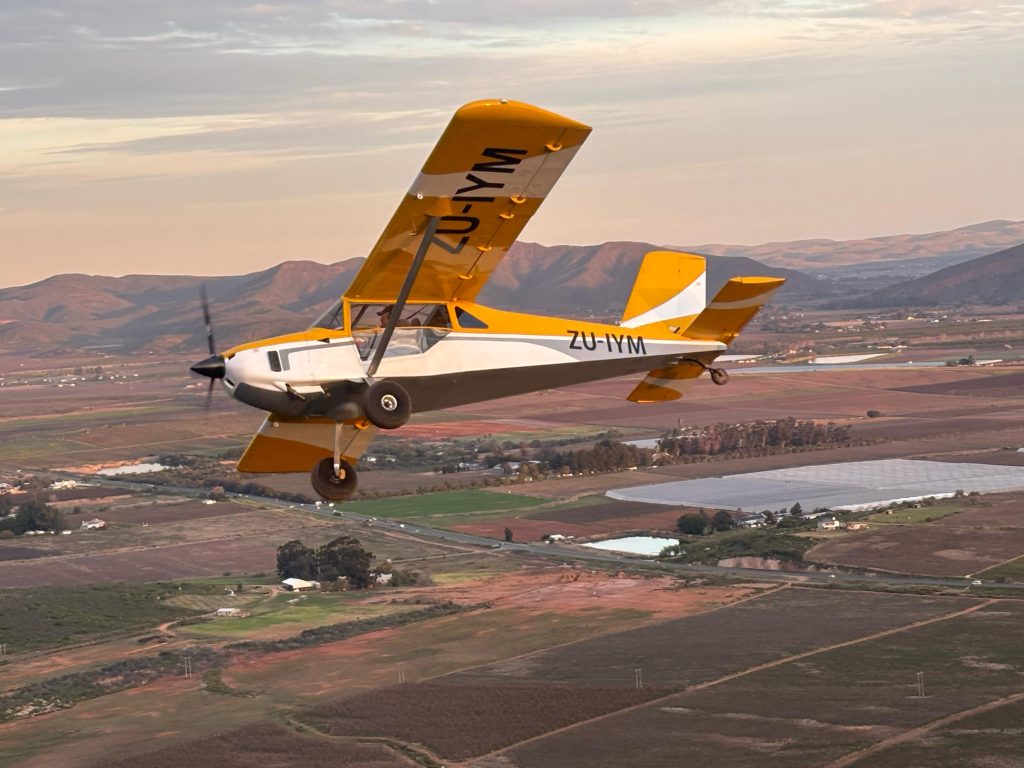
Over the past twenty years the experimental ‘homebuilt’ aircraft industry has undergone a seismic shift; from planes built for speed, to planes built for low and slow ‘bush flying’ – or what the Americans call ‘back-country’ operations.
RANS aircraft was well positioned to take advantage of this groundswell change. Since the 1970s they have been producing kits for simple yet capable planes, initially ultralights, then a brief foray into aerobatics, and finally true bush planes.
In contrast, Richard VanGrunsven of Van’s Aircraft procrastinated for five long years and so missed the opportunity that would probably have saved his market-leading company from having to seek Chapter 11 bankruptcy protection if had developed the nascent RV-15 earlier.
For Van’s, the RV-15 is a revolutionary leap, but Randy Schlitter of RANS Designs already had a proven platform to design and build the S-21 Outbound. This platform is the RANS S-20 Raven, which is an evident progenitor of the S-21. The key difference is that the S-20 has a fabric covered wing with a different aerofoil. Beyond that the aircraft are hard to tell apart. In contrast, Vans has nothing remotely like the RV-15.
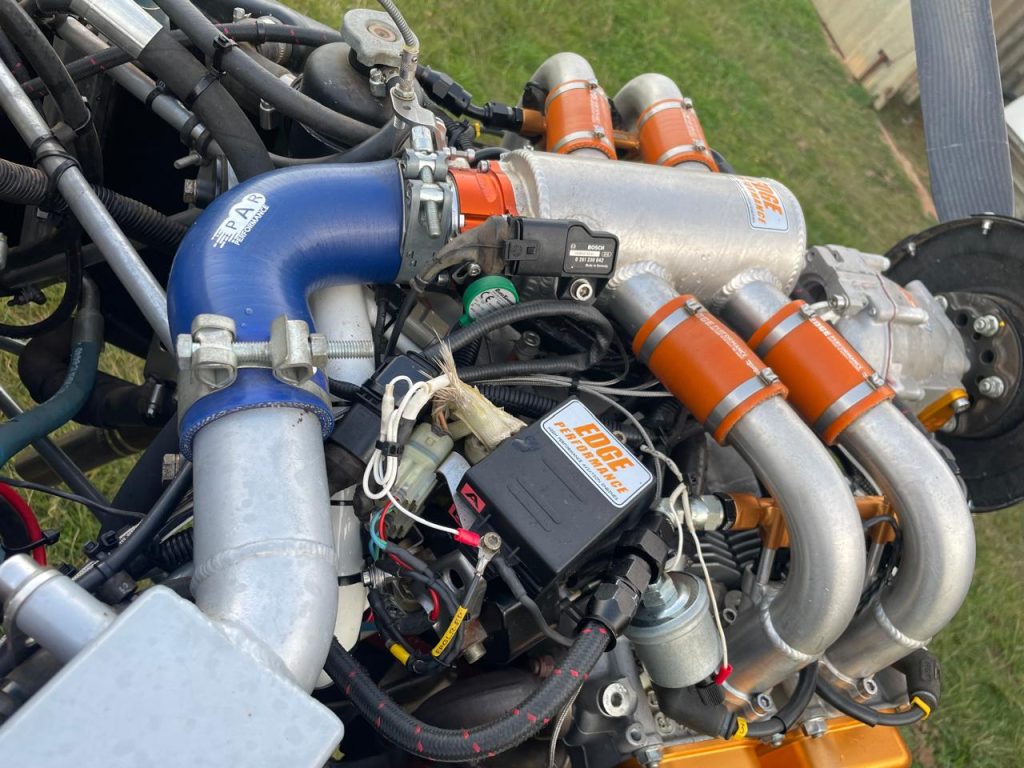
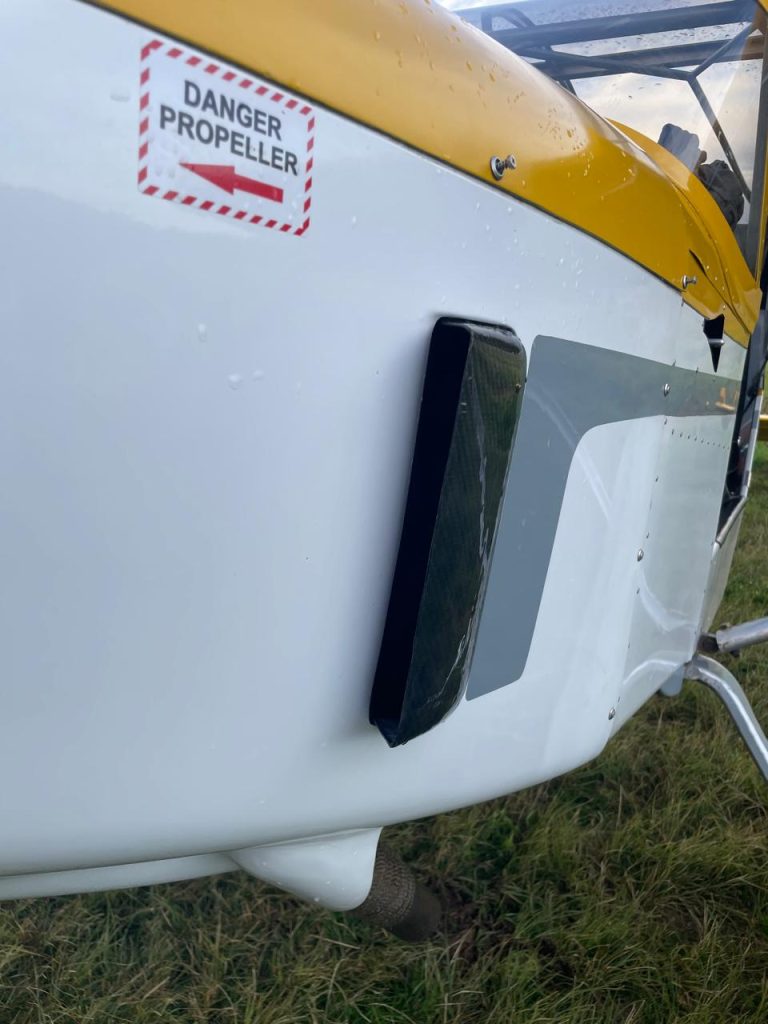
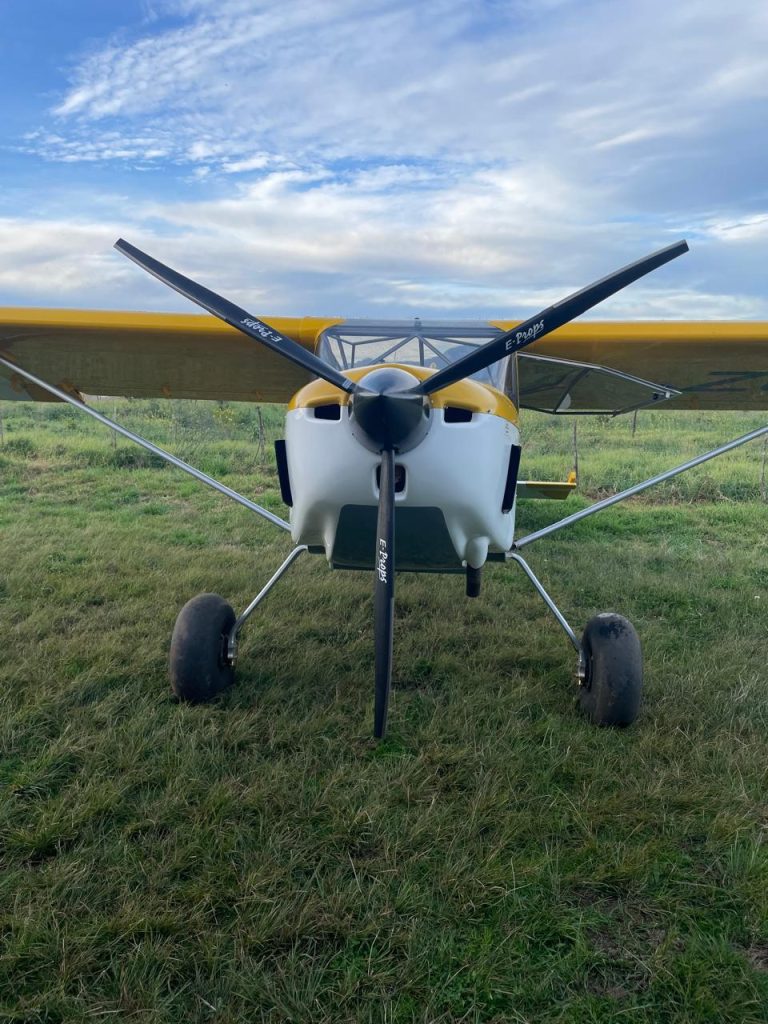
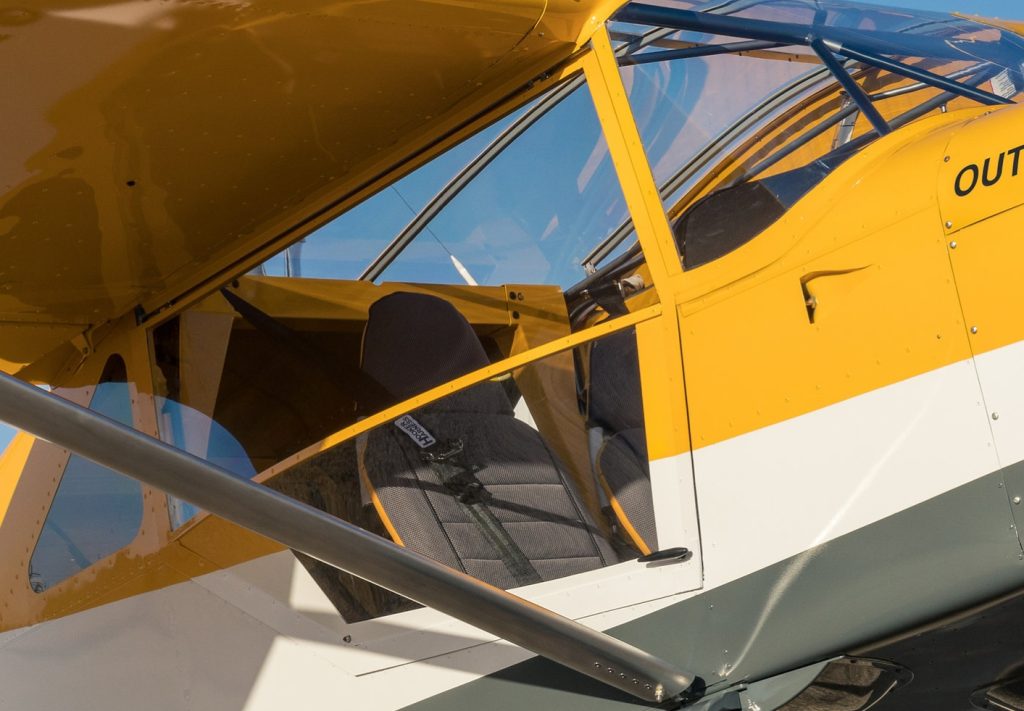
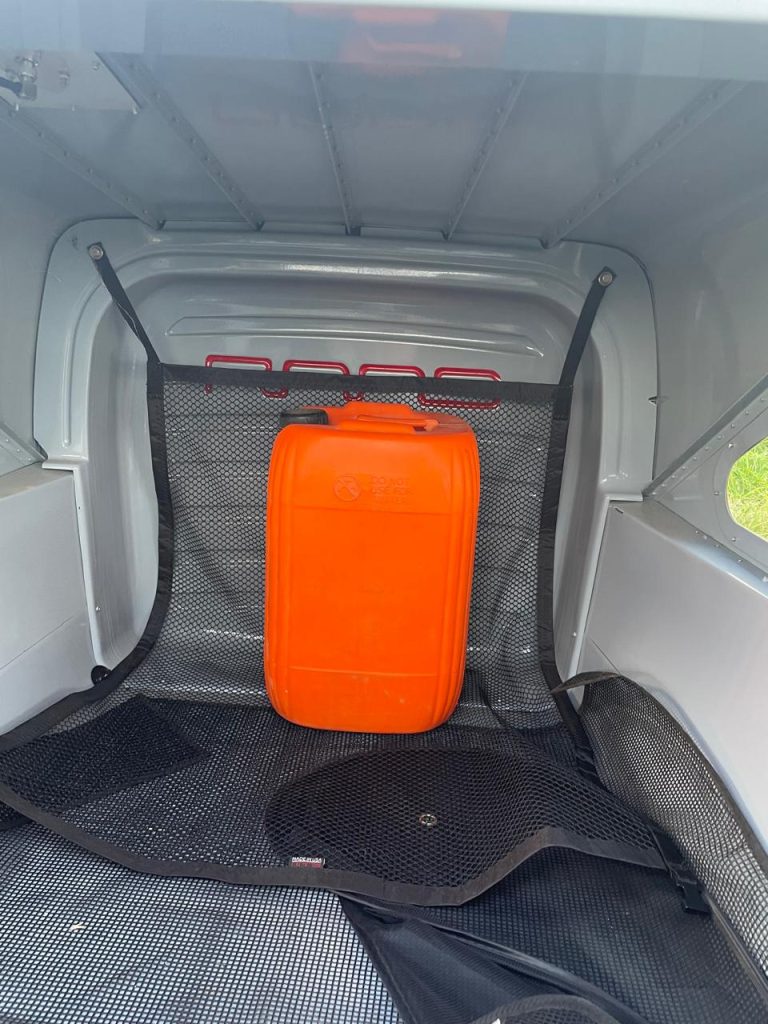
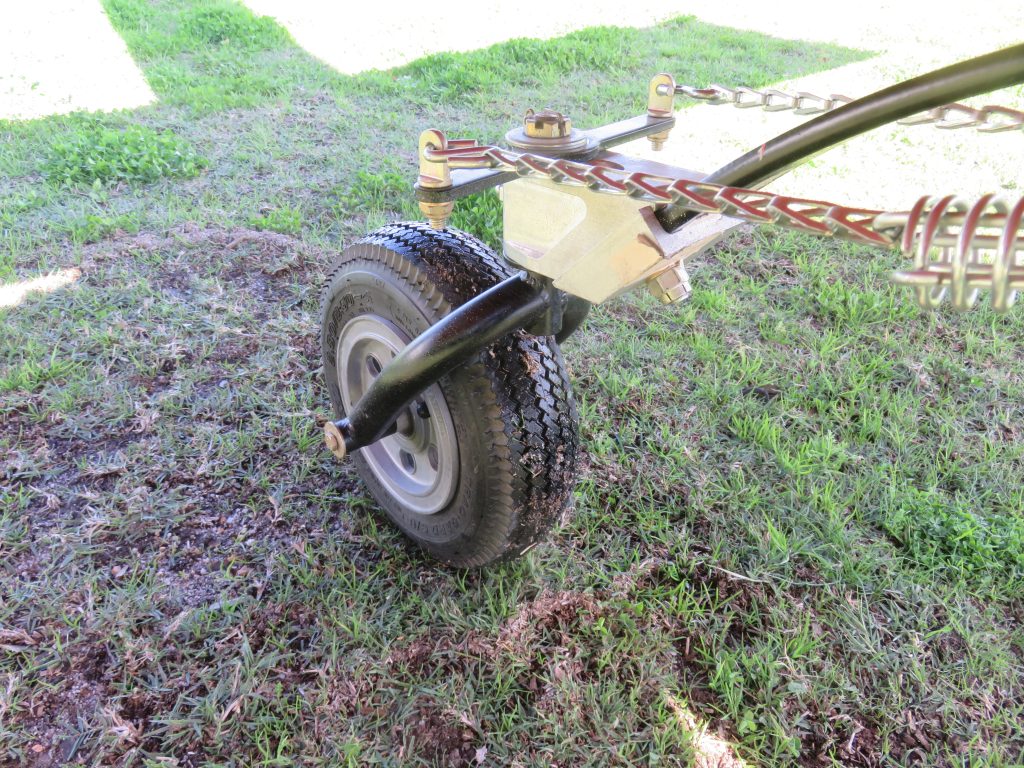
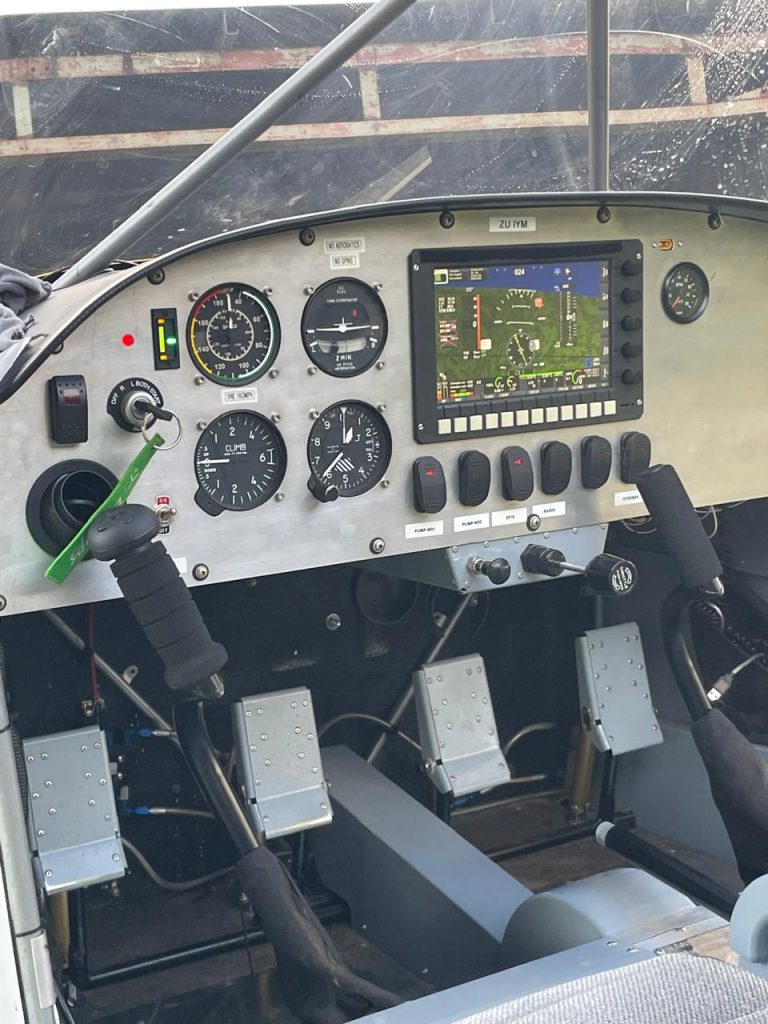
The S-21 on the Ground
Just the second S-21s to fly in South Africa is ZU-IYM. It was built by Cape pilot Bertie van Zyl, who already built a RANS S-7. He reckons that IYM took him around 1,200 hours to build.
Bertie bases his S-21 at Bonnievale but loves testing his own and the S-21’s abilities at the short and rough ‘Op Klipfontein’ farm strip near Swellendam.
Bertie elected to power his S-21 with a Rotax EP912STI, which means it has been modified with the addition of fuel injection, plus turbocharger and intercooler by Edge Performance in the USA. In this form it produces 154 hp which is plenty, as the S-21 was designed for engines from 100 to 180 hp.
Bertie built ZU-IYM for VFR ‘round the patch’ fun flying, so he kept the instrument panel simple as simple as possible with the basic big round dials and a single MGL EFIS glass panel. MGL is built in Cape Town, so support is local.
The S-21 Outbound comes as both a taildragger and a ‘nosedragger’. In theory it’s possible to switch between undercarriage configurations, but the main gear legs for the nosewheel version are shorter. Reflecting its design objective, RANS reports that more than 90% of S-21 orders are for the taildragger version. The big fat Tundra tyre option is popular, even if it is just flown of tarred runways. Tundra tyres mean you go slow and burn more fuel – but hey, that’s the price of sexy ‘optics’ for you.
With 26-inch bush tyres big tyres the deck angle is steep, so most pilots have to look out the side windows for taxying. When fitted with faster, yet less cool 22-inch tyres, visibility over the nose is reasonable. For shorter pilots, the seats rise as they move forward and there’s the option of the nosewheel version, which solves the forward visibility problem, but limits tyre choices.
For those builders not limited by the 600kg (1323 lbs) ‘Light Sport aircraft’ weight limits, a gross weight of 1800 pounds is applicable. A typical empty weight from 950 lbs for a light one, to a more typical 1100 lbs, provides a useful load of around 400 lbs for the LSA or a hefty 800 lbs when flown with a PPL, so there’s plenty of room for fuel, a pair of good-sized South African males and some bags. Bertie has kept IYM’s empty weight commendably light, at just 915 lbs, so is able to very usefully fly it with a decent load under 600 kg, which gives it a thrilling power to weight ratio.
Flying the S-21
Another reason big the tyres are a popular option is that the undercarriage legs are billeted solid aluminium and they provide less bounce than most steel gear legs. So you feel every bump in a rough airstrip.
With full throttle the tail can be raised almost immediately, so visibility and rudder steering are great. After a ground roll of 200-300 metres it jumps off the ground and can climb out at over 1,000 fpm if you want to hold the nose that high. Bertie says that the S-21 has responsive controls “yet is more stable than I expected, making hands-off flying easy, at least in smooth air. In turbulence it’s well-mannered and never feels upset.” Interestingly though, he confesses to preferring his RANS S-7 with its tandem seating.
With the Edge Performance Rotax above 5000 ft, a 130-knot true cruise speed is realistic, even with 26-inch tyres. Counter-intuitively, other reviewers report that the Titan S-21 seems to be all but immune to the effects of larger tyres on cruise performance.
Bertie reports real life numbers at 3000 ft amsl at 5600 rpm as being 152 mph (132 KTAS) and at 4,000 ft amsl as being 140 mph (122 KTAS) at 5200 rpm, burning around 33 litres (8 USG) /hour. Because he uses the plane for short field operations from his rough Ou Klipfontein strip he prefers a climb prop which means he is limited in cruise speed due to over reving. A coarser prop and a higher cruise flight level would yield a plus 140 knot cruise.
Bertie says that stalls are devoid of drama, as they should be from a wing designed for low speed handling. With two up and no baggage at a bit less than gross, the full-flap, power-off stall comes at about 32 knots indicated. It is a real accomplishment by RANS to have designed a plane that can have such a low stall speed and then turn around and cruise four times faster.
Big flaps that drop to a barn door 40 degrees make steep approaches into short fields possible. Unlike the 100 series Cessnas, the S-21 can be side-slipped with full flaps, providing an even steeper approach angle.
Short field landings can be very impressive. At an Vref of 1.2, being 42 KIAS, you can get it down and stopped in 100 metres.
Conclusion
The Rans S-21 is a remarkably competent plane, and not far from being an arounder with the emphasis on bush plane fun. Yet it still has a decent cruise speed – a magical 4 times its stall speed.
Its smaller and lighter than the RV-15 will be, so perhaps the comparison is not fair. Yet it is still significant that RANS beat Vans and with a relatively simple quick build kit that claims it can be built in less than 1000 hours.
——————————————
Building the RANS S-21
Kit Building and Costs
If you want a RANS S-21 you are going to have to buy it as a kit and then build it.
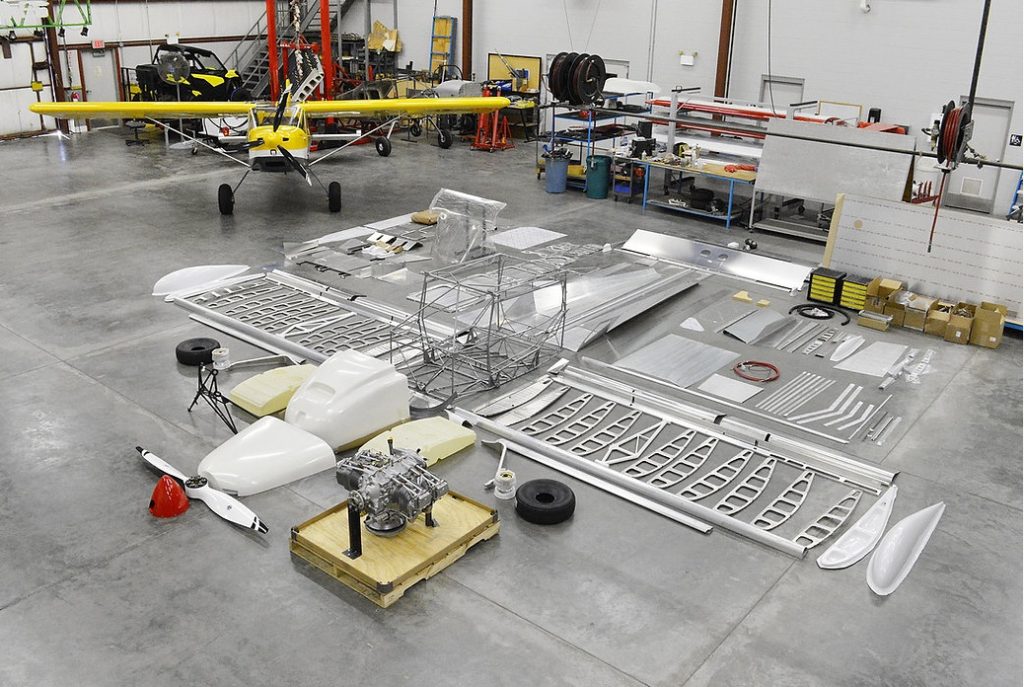
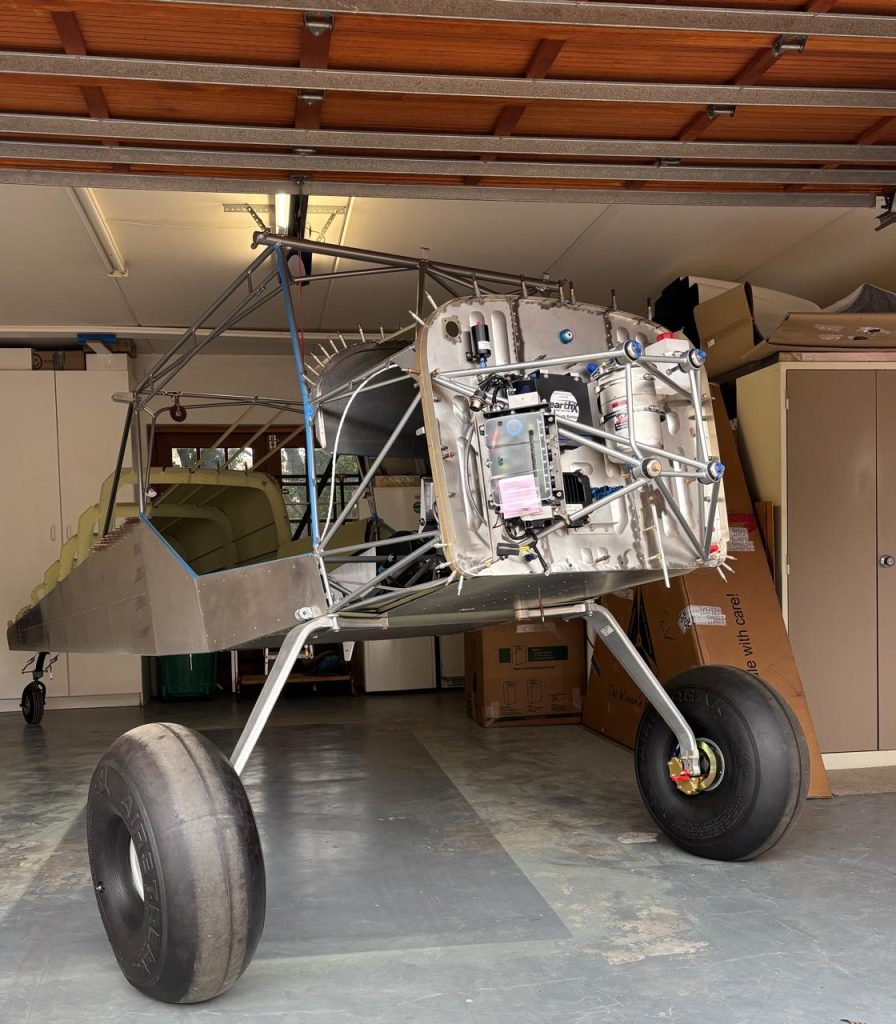
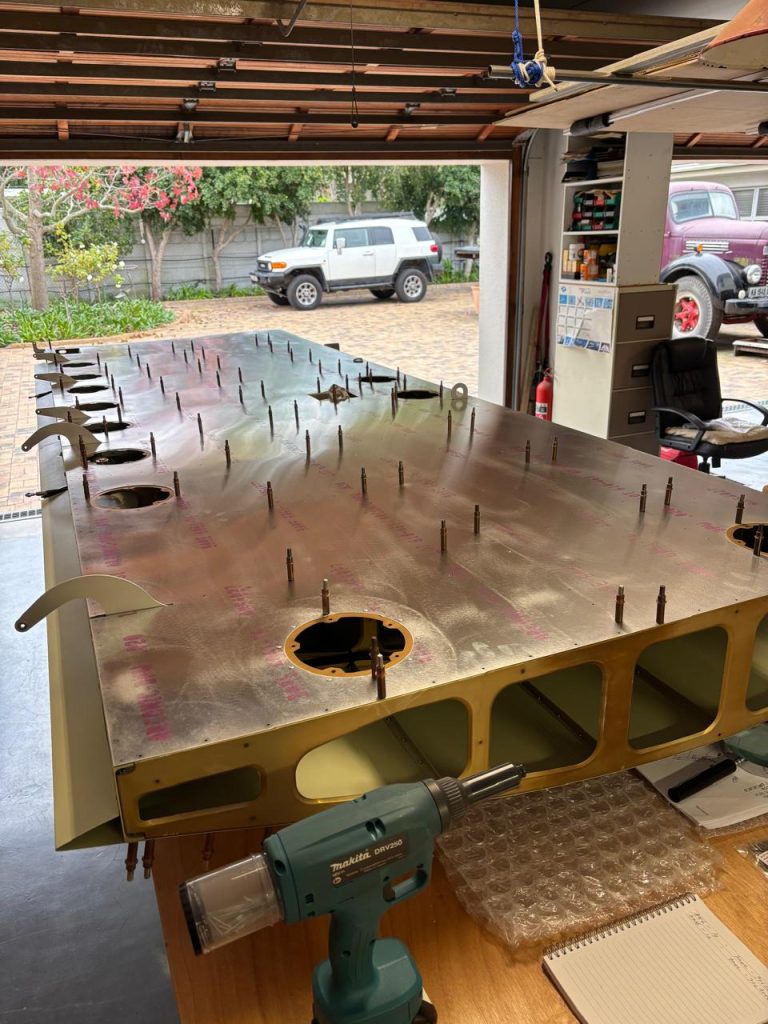
Making it as easy as possible, the RANS S-21 kit is very complete, and it packages all parts separately for specific build jobs. The only components left out are electrical and avionics.
There are two packages for the engine and prop firewall forward (FWF) installation options, one for the Rotax 912 ULS and one for the Titan XIO-340. Both packages include engine mount, cowl, prop, spinner, engine-related electrical (except for wire and terminals), and related hardware.
The engine, battery, all electrical except for FWF items, lights, avionics, instruments, and paint are not included.
Options include a fixed-pitch or a ground-adjustable prop. An electric constant-speed prop from Cape Town made AXSport Aviation is a popular option for short field get-up and go..
Neither the Rotax nor the Titan engine are equipped for a hydraulic constant-speed propeller, so an electric constant-speed prop would be your only option. However the Rotax 916 will only take a hydraulic constant speed prop.
The cost for a ready-to-fly plane depends on the engine selected and avionics. A basic day/VFR taildragger with the Rotax 912 ULS engine using all new parts and an inexpensive VFR-only panel could be built for around R2 million (U$120,000).
Step it up to a deluxe version with the Titan or Rotax 916 engine and a dual-screen Garmin G3X panel and autopilot and you are at R3- R4m.
Building the S-21 Outbound
SA Flyer chatted to Jacques Hattingh who is currently building an S-21. His first build was an RV-7 and he says that the RANS is far easier to build. He reckons it will take him 600 hours and he will be finished in 6 months.
Jacques opted for the RANS with the turbo Rotax 916 because he wanted a high-wing, side by side, all metal bush plane that had a reasonable cross-country speed. He says that even with 26 inch tyres he expects his S-21 to cruise at 135 knots indicated for about a 155 knots true.
The RV and Sling kits have long been considered the benchmark in user friendliness. Jacques says that the RV is quite detailed, but it’s complex; “Rather like a Porsche 911. compared to the RANS, which is a Toyota Hilux. For instance, unlike the RV’s bucked rivets, the RANS kit uses pop rivets.”
Jacques says the RANS kit is very straightforward to build, with three PDF manuals and all the parts already pre-packaged into individual bags that be hangs on a pegboard in preparation for each specific task.
RANS has all their assembly instructions online. There is no printed book unless you download the PDF file and print it. This allows RANS to instantly update everyone’s assembly instructions. Builders can print out sections as they see the need, but much of the work can be done by referring to a laptop screen.
The big time-saver is the design of the wings with an extruded aluminium nose section that eliminates all nose ribs and nose skin fitting. Jacques says that all the parts come together with beautiful accuracy, for example, when he attached the upper wing skin to the assembled ribs with a rivet at each corner, the fourth corner’s hole lined up perfectly.
For homebuilders without full sized jigs it is essential that the plane be built straight if it is to fly well. Joining the rear fuselage to the steel tube cage is a critical step. Alignment must be precise to make sure the plane flies well. Once everything is aligned, it is a simple matter to drill through the tabs on the steel cage into the aluminium skins.
Fitting the fiberglass cowl to the fuselage is a tricky task, but every RV builder also has to fit the cowl to their metal fuselage, so the skills should be available. Flaps and control surfaces are operated by cables, which simplifies construction.
The important thing about buying a kit such as the RANS S-21 is that it is easy to build and well supported. Thus, you are more likely to finish it – and in a reasonable amount of time.
